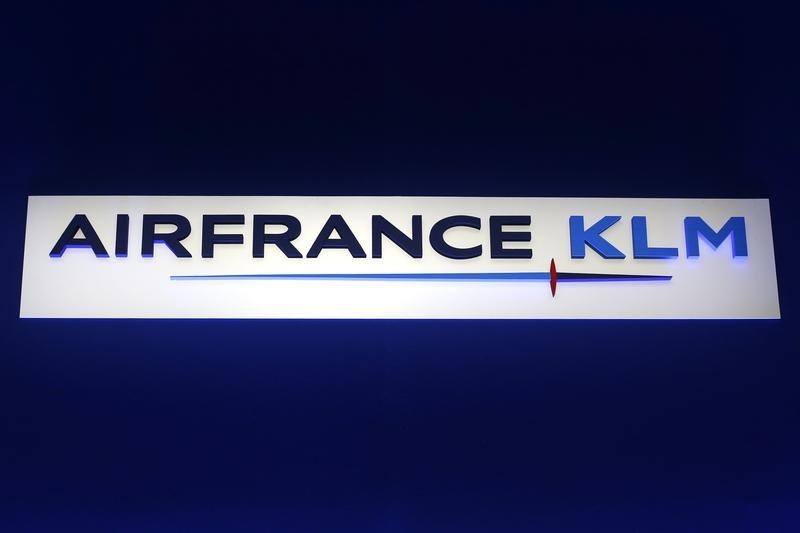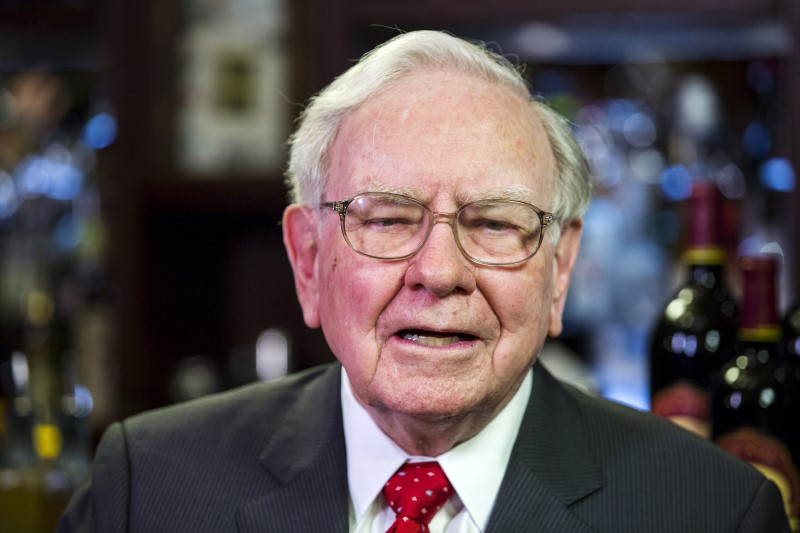Investing.com — UBS has set a year-end 2025 price target of 900 for the , a global equity benchmark tracking both developed and emerging markets, implying a modest 6% upside from current levels.
The investment bank outlined several key factors underpinning this outlook.
1) UBS notes that tactical indicators are only “middling.” The UBS risk appetite indicator shows risk assets performing close to economic momentum, with U.S. GDP growth aligned with a moderate 1%.
However, soft data macro surprises are now emerging, with Atlanta Nowcast now standing at 3% for the third quarter.
2) According to UBS, previous data suggests that equities tend to perform well when the U.S. Federal Reserve cuts interest rates without a hard landing, which the bank does not expect for the U.S. in 2025 or 2026.
Historically, after rate cuts, equities have gained around 20% over an eight-month period. Although markets have already performed better than usual ahead of the Fed’s anticipated cuts, UBS expects an additional rise of approximately 13%.
3) UBS anticipates that generative AI (Gen AI) will boost productivity starting in 2028, raising the U.S. equity risk premium (ERP) to 4.9%.
Without this expected productivity increase, equities could look expensive. The team’s models suggest that Gen AI’s effect on productivity could support about 10% upside potential for equities, driven by defensive sectors like healthcare, utilities, and tech.
4) Strategists expect a limited margin squeeze in 2025, as wage growth in the U.S. should slow to around 3%.
This could ease the pressure on margins for many companies, especially outside the top 10 largest U.S. firms. Despite this, UBS remains 8% below consensus estimates for 2025 earnings growth, forecasting 5% versus a 13% consensus.
5) The credit environment also remains a crucial factor. UBS highlights that credit and equities “are tied at the hip,” noting that major shifts in equity performance are often preceded by changes in credit spreads.
These spreads also play a crucial role in determining their ERP. “If anything, credit spreads imply that should be lower,” strategists wrote.
Moreover, they point out that default rates are currently running at about half the level implied by high yield spreads, while the balance of credit upgrades to downgrades remains favorable.
While UBS sees a central case of a 6% upside, the firm also highlights a 25% chance of a more bullish scenario, driven by a potential market bubble. In this case, equities could rise by more than 20% if monetary conditions, particularly in the U.S. and China, become more accommodative.
In contrast, downside risks include a 25% chance of a 10% market decline, driven by factors like U.S. recession risks and China’s potential drag on global growth.
Read the full article here
















